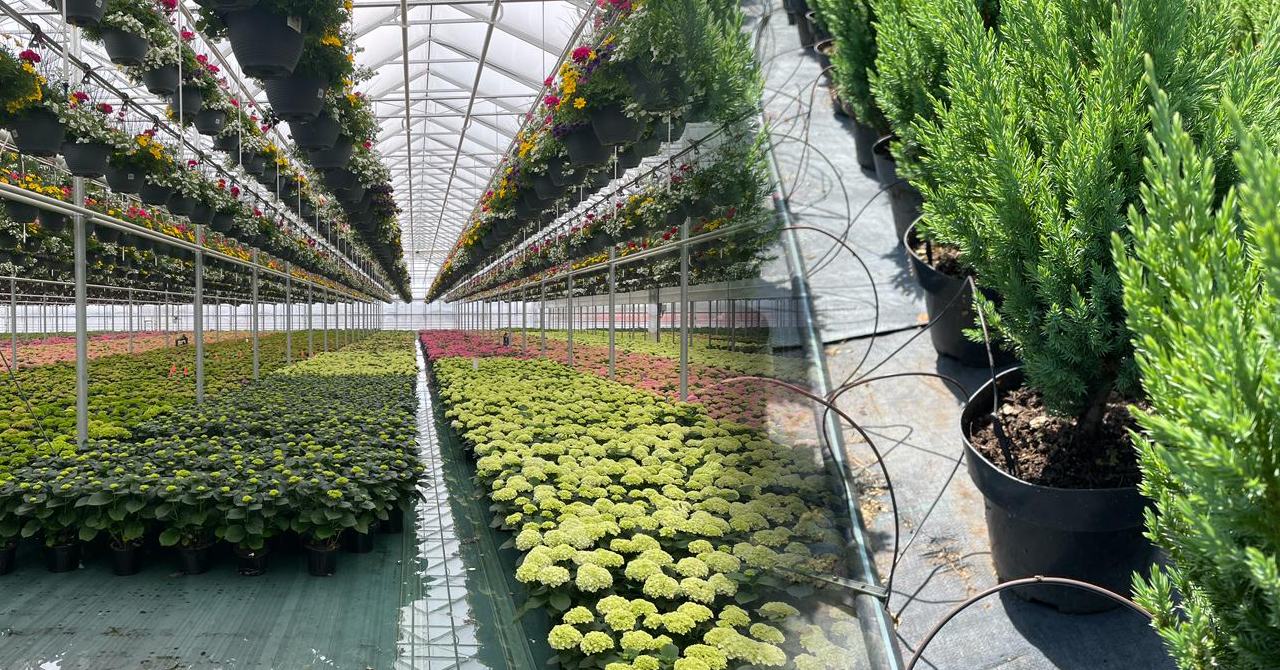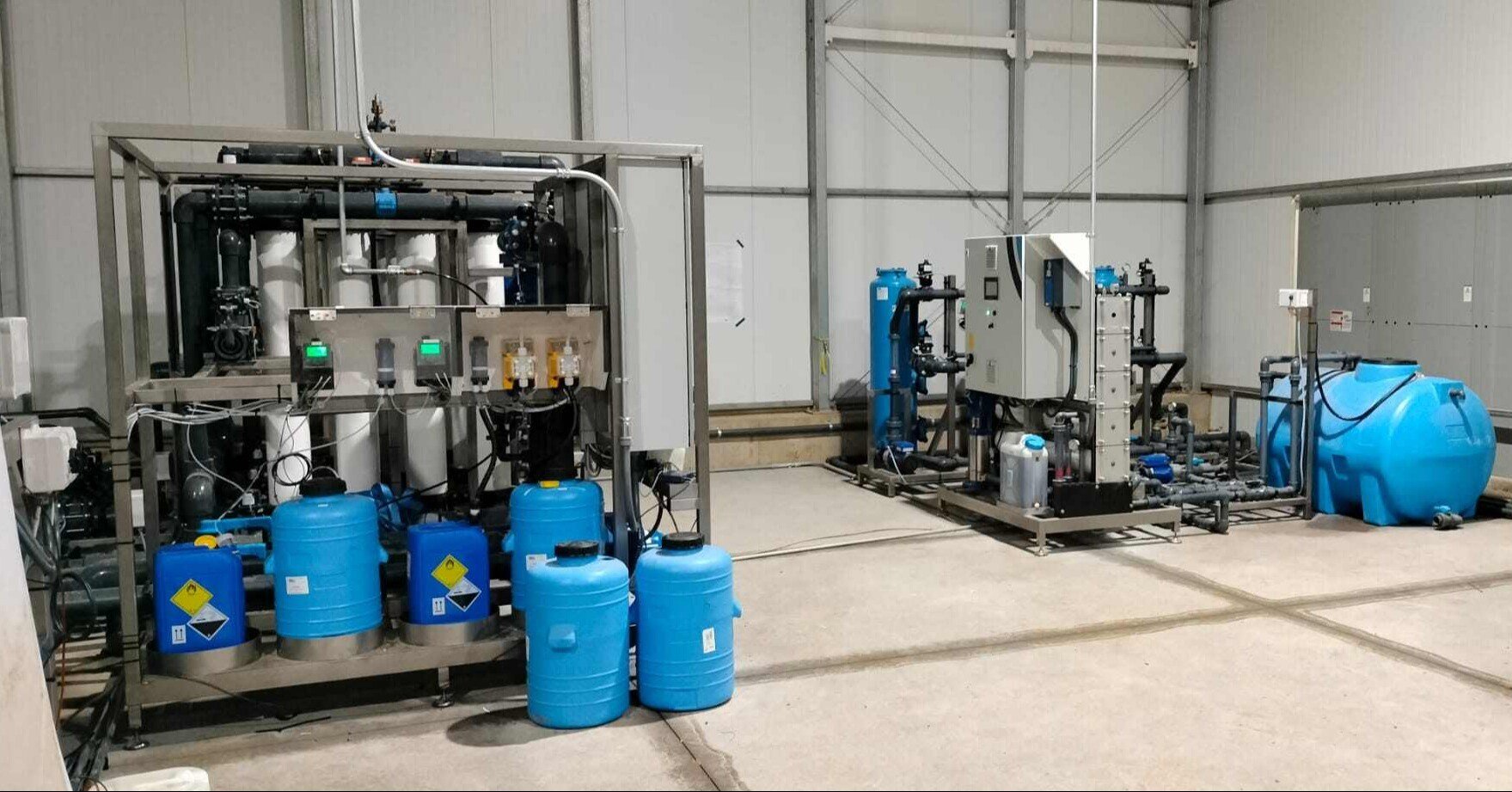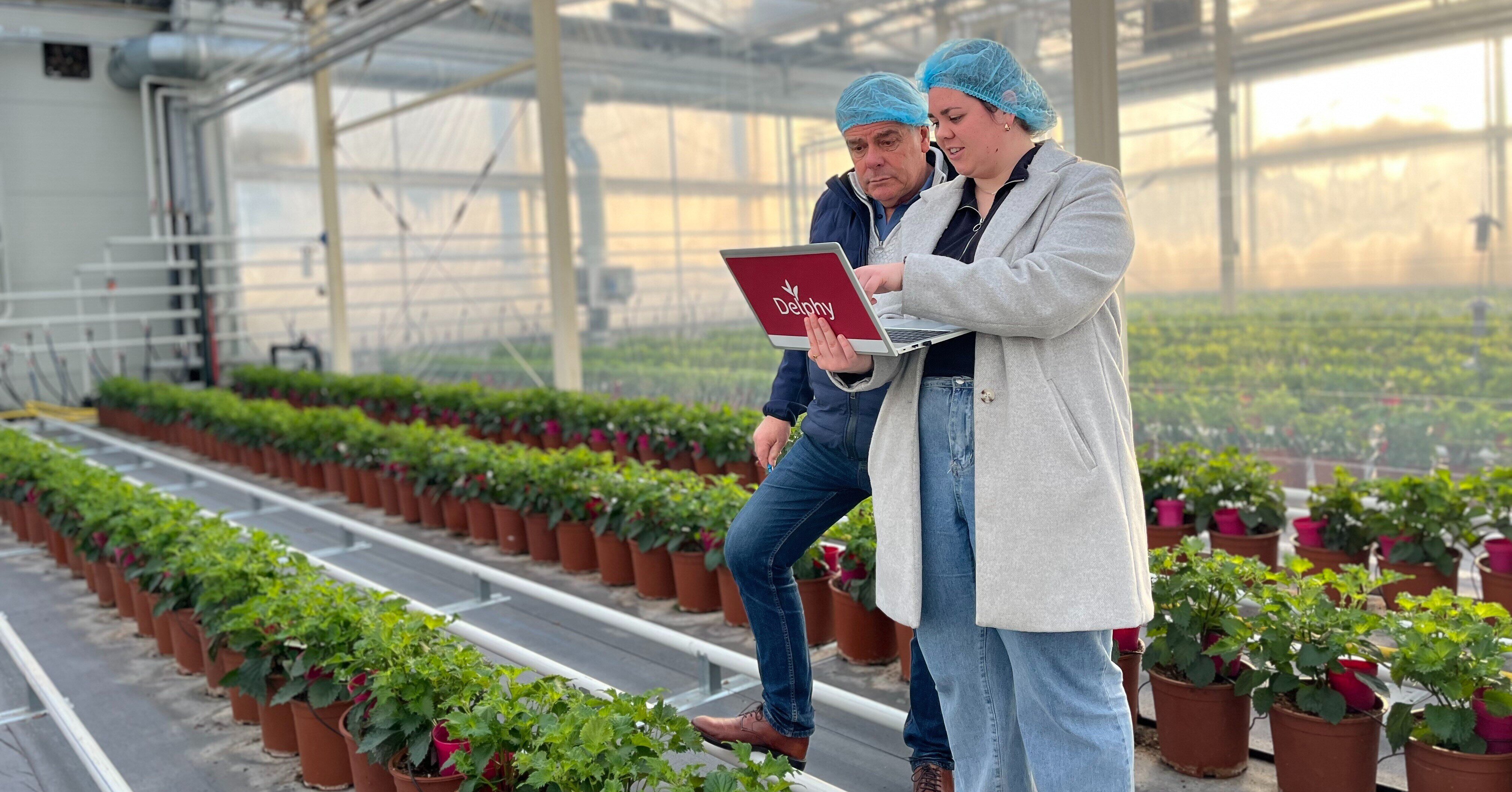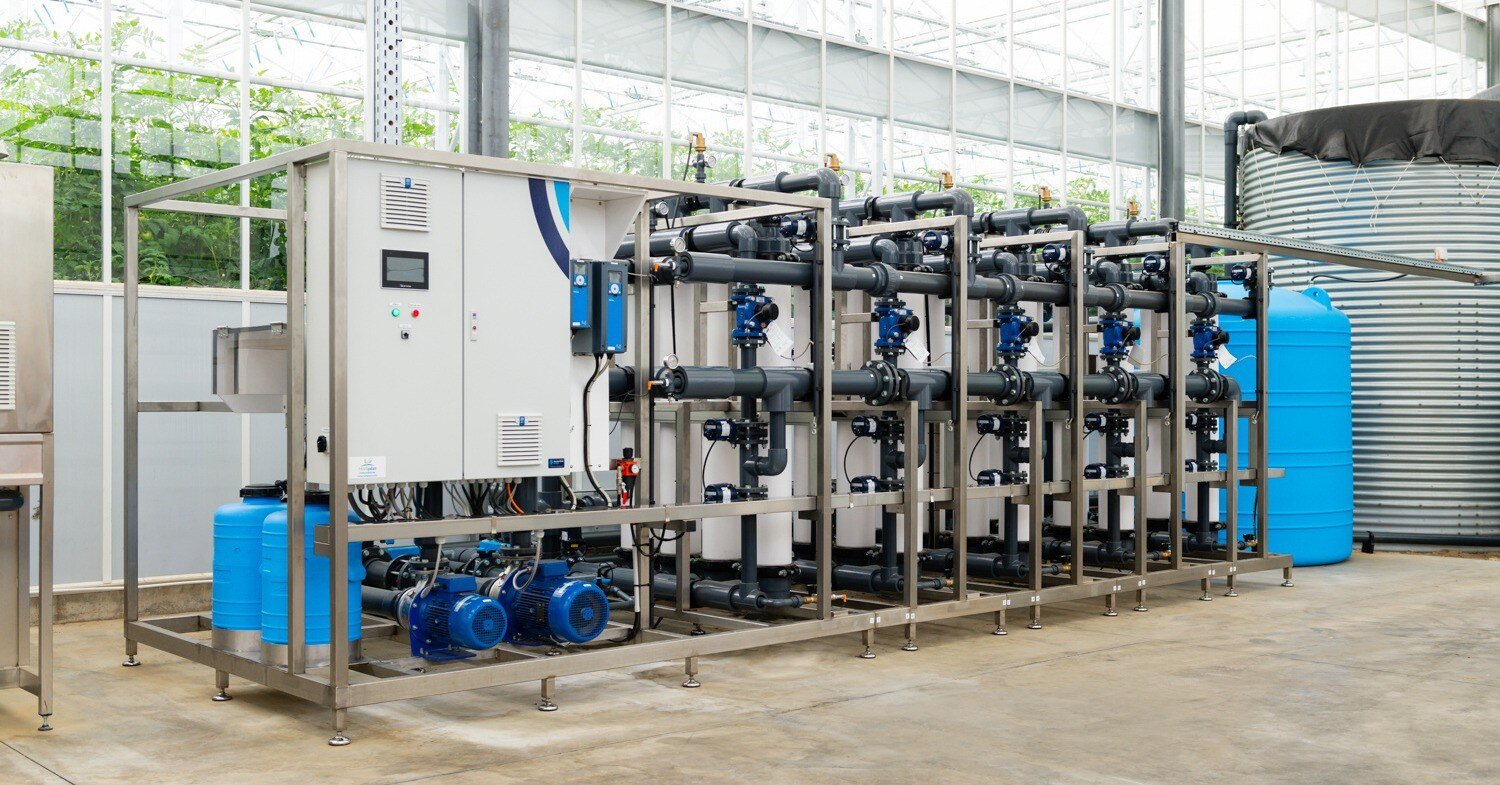- Prefer direct contact? +31 (0)79 593 38 00
- Language: English
Irrigation systems: Ebb and flow system versus drip irrigation

Irrigation systems: Ebb and flow system versus drip irrigation
Aug 15, 2023 10:00:00 AM
To ensure the delivery of consistent and exceptional product quality, selecting the appropriate irrigation system becomes paramount. With a multitude of options available, including ebb and flow systems and drip irrigation, making the right choice is crucial. Here we will highlight the main differences between these two watering systems.
Definition: drip irrigation
Drip irrigation is a precise and efficient method that delivers water directly to the plants at a controlled rate through a network of pipes, tubing, and drippers. Each plant is equipped with one or more drippers, ensuring a targeted water supply and minimizing water wastage.
Definition: ebb and flow system
Ebb and flow system, also known as a flood and drain system, is an irrigation method where plants receive water from below. Then this water either drains into the subsoil (this is the case with an ErfGoedFloor) or runs to the lowest point to drain (this is the case with a concrete floor). This system allows for periodic flooding and draining, maintaining optimal moisture levels for plant growth.
1. Which irrigation system requires the least amount of labor?
Drip irrigation, in comparison to an ebb and flow system, can indeed be labor-intensive. Ebb and flow irrigation requires little manual effort, while drip irrigation involves manually inserting and removing drippers in each pot.
The attachment of each pot to a dripper in drip irrigation also hinders automation, such as the placement or adjustment of pots, as these tasks typically need to be carried out manually. On the other hand, an ebb and flow system doesn't face this limitation, making such operations easier to automate.
2. Which irrigation system makes the best use of available space?
When employing a drip irrigation system, growers face a critical decision regarding the spacing of drippers on the hose. Once this choice is made, altering pot sizes becomes challenging, limiting the grower's flexibility. Consequently, growers often resort to using smaller pot sizes and spacing them further apart to accommodate the drippers. However, this compromises the optimal and efficient utilization of space.
In contrast, ebb-and-flow floors offer remarkable space efficiency and grant growers the freedom to select pot sizes and spacing according to their needs, fostering greater flexibility in cultivation practices.
3. Which irrigation system wastes the least water?
Drip feeders provide highly precise and targeted watering directly to the pot's root zone, ensuring minimal water wastage. In contrast, an ebb and flow system does lead to some evaporation since the entire floor is filled with water temporarily. However, this evaporation is relatively limited. After all, the water remains above the floor for only about twenty minutes and can be efficiently collected and reused afterward.
4. Which irrigation system provides the most uniform water?
When using drippers, a plant receives water at a specific point in the pot. If the dripper is more to one side of the pot, that side receives sufficient water, while the other side remains dry, leading to unbalanced rooting. An ebb and flow system ensures the entire pot is uniformly watered, leading to more even watering.
One potential risk of drip irrigation is the rapid clogging or kinking of the hose, which can have severe consequences. Plants may receive insufficient or no water, and this issue might only become evident when crop quality deteriorates. To mitigate such problems, it is crucial to ensure that the watering water is thoroughly clean and disinfected. That way, clogging is less likely to occur, and uniform plant growth is maintained.
5. Which irrigation system creates the best plant quality?
In practice, the root volume in a drip irrigation system is typically smaller than in an ebb and flow system. This occurs because roots tend to develop where moisture is present, and with drip irrigation delivering water to the roots at a single point, roots tend to grow in a columnar shape.
In contrast, an ebb and flow system provides more even water distribution, resulting in roots being uniformly spread throughout the pot. This leads to improved crop development and a more resilient crop. Additionally, a uniformly and broadly developed root system enables plants to better withstand handling during transportation and storage on store shelves or in consumers' homes.
Both drip irrigation and ebb and flow systems offer the advantage of keeping the crop dry during watering, reducing the risk of fungi and diseases. Besides that, the precise and targeted watering approach also reduces pressure from root diseases.
6. Which irrigation system is the cheapest?
A drip irrigation system usually requires a lower investment than an ebb-and-flow system, which is relatively capital-intensive. Maintenance on drip systems is much higher, and it is common to have to replace drippers regularly. Also, investing in a good pump unit and filtration system is necessary with drip irrigation to prevent clogging.
7. What type of crops are these irrigation systems suitable for?
As mentioned earlier, drip irrigation systems require significant labor for placing, removing, and maintaining drippers, making them less ideal for short-term crops. However, they are well-suited for long-term crops like tree propagation, making them popular in tree nurseries.
On the other hand, an ebb and flow system proves highly effective for flowering potted and garden plants, such as roses. As previously discussed, watering from below minimizes the risk of leaf diseases since the leaves remain dry. This is especially advantageous for roses, where leaf diseases are a major concern.
Moreover, the ebb and flow system is particularly suitable for plants and trees with a high crown. Other irrigation methods often struggle to provide adequate moisture to these parts of the plants.
Prefer direct contact? Click here to schedule a call.
These blog posts might also be interesting for you:
- Irrigation systems: Ebb and flow system versus water booms
- Irrigation systems for growers: Ebb and flow system versus sprinklers
- 4 Irrigation Systems in Horticulture: Choosing the Right Method
- Filtering irrigation water: when do you choose which technique?
- Information page about Irrigation systems for growers.





